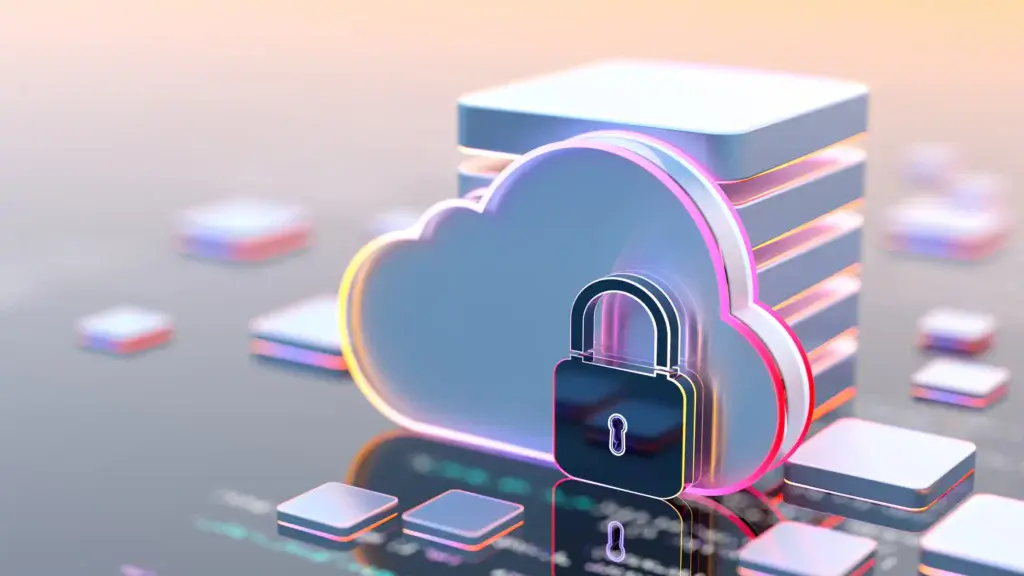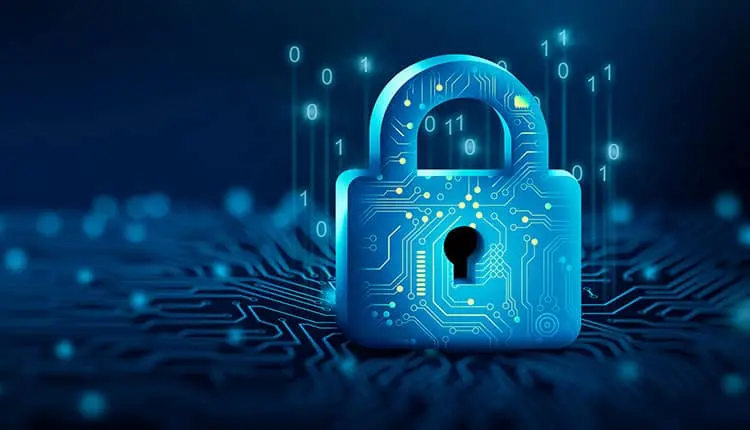
What is Data Security Management?
Data security management refers to the process of protecting digital data from unauthorized access, corruption, or theft throughout its lifecycle. It involves a set of policies, procedures, and technologies designed to prevent data breaches and protect sensitive information, such as customer data, financial records, intellectual property, and other confidential business information.
Effective data security management includes strategies for ensuring data integrity, confidentiality, and availability, as well as measures to comply with privacy laws like GDPR, HIPAA, and CCPA. It is a proactive approach that requires regular monitoring, assessment, and updates to address emerging threats.
Key Components of Data Security Management
- Data ClassificationWhat It Is: Categorizing data based on its sensitivity and importance to the business.Why It’s Important: Helps organizations prioritize resources and security measures for different types of data. Sensitive data like customer financial information requires stronger protections than general business data.
- Access ControlWhat It Is: Implementing strict authentication and authorization protocols to ensure that only authorized individuals have access to specific data.Why It’s Important: Prevents unauthorized access and data breaches. Multi-factor authentication (MFA) and role-based access control (RBAC) are common practices.
- Data EncryptionWhat It Is: Encrypting data both at rest (stored data) and in transit (data being transferred across networks).Why It’s Important: Even if data is intercepted, encryption ensures that it cannot be accessed or read without the decryption key, protecting it from cybercriminals.
- Data Backup and RecoveryWhat It Is: Regularly backing up data and having a disaster recovery plan in place.Why It’s Important: In case of data loss or corruption due to a cyberattack (like ransomware) or natural disaster, having backups ensures business continuity and minimizes downtime.
- Threat Detection and MonitoringWhat It Is: Continuously monitoring network traffic, data access logs, and user behavior to identify potential threats or abnormal activities.Why It’s Important: Early detection of a breach or vulnerability helps mitigate risks before they escalate. Intrusion detection systems (IDS) and security information and event management (SIEM) tools are widely used for monitoring.
- Incident Response PlanWhat It Is: A detailed plan for responding to and recovering from a data security breach or attack.Why It’s Important: An incident response plan helps minimize the impact of a data breach by providing clear steps for containment, investigation, and remediation.
- Compliance ManagementWhat It Is: Ensuring your organization complies with relevant laws, regulations, and industry standards related to data protection and privacy.Why It’s Important: Non-compliance can result in heavy fines, legal penalties, and damage to reputation. Regulatory frameworks such as GDPR, HIPAA, and CCPA set out clear requirements for data security and privacy.
- Employee TrainingWhat It Is: Regularly educating employees on data security best practices, phishing prevention, and how to recognize potential threats.Why It’s Important: Employees are often the weakest link in data security. Human error, such as clicking on a phishing link, can lead to significant data breaches.
Best Practices for Data Security Management
- Adopt a Zero-Trust Security Model: A Zero-Trust approach assumes that no one, inside or outside the organization, should automatically trust any user or device. Every access request is verified, regardless of the origin.
- Regular Security Audits: Periodically assess your security measures and policies through internal or external audits. This will help identify vulnerabilities and areas of improvement.
- Data Minimization: Collect only the data that is absolutely necessary. Storing excessive amounts of personal or sensitive data increases the risk of exposure during a breach.
- Secure Communication Channels: Always use secure communication channels (e.g., HTTPS, encrypted emails) for transferring sensitive data.
- Third-Party Vendor Management: If third-party vendors have access to your organization’s data, ensure they follow strict security protocols. Perform thorough due diligence and require them to comply with your data security standards.
- Patch Management: Ensure all software and systems are regularly updated with the latest patches. Cybercriminals often exploit outdated software vulnerabilities to gain unauthorized access to data.
Challenges in Data Security Management
- Complex IT Environments: As organizations increasingly adopt cloud computing, mobile devices, and remote work policies, the IT environment becomes more complex, making it harder to maintain control over data security.
- Sophisticated Cyberattacks: Cybercriminals are becoming more skilled, using advanced tactics like phishing, ransomware, and social engineering to bypass traditional security measures.
- Lack of Resources and Expertise: Many small and medium-sized businesses (SMBs) struggle with limited budgets and a lack of in-house expertise to implement comprehensive data security programs.
- Employee Behavior: Even with strong technical controls, employees' actions—whether intentional or accidental—can pose a significant threat to data security.
Tools and Technologies for Data Security Management
- Encryption Tools: Tools like BitLocker (for Windows) or VeraCrypt can encrypt data stored on devices or within databases, making it unreadable to unauthorized users.
- Data Loss Prevention (DLP) Systems: DLP tools monitor and control data transfers, preventing sensitive data from being leaked or accessed by unauthorized users.
- Firewalls and Intrusion Detection Systems: Firewalls control incoming and outgoing traffic, while IDS systems monitor network traffic for signs of suspicious activity.
- Security Information and Event Management (SIEM): SIEM tools like Splunk and IBM QRadar aggregate security logs from multiple sources, helping detect and respond to potential threats in real-time.
- Multi-Factor Authentication (MFA): Implementing MFA across all applications and systems adds an extra layer of security, requiring more than just a password for user authentication.
Conclusion: The Importance of Data Security Management
In an age where data is a critical asset, protecting that data has never been more important. Data security management is not just about technology—it involves people, processes, and ongoing vigilance. By implementing best practices and leveraging the right tools, organizations can protect themselves against the ever-evolving landscape of cyber threats. Whether you're managing a small business or a large enterprise, a proactive approach to data security management will help ensure the confidentiality, integrity, and availability of your data while maintaining customer trust and regulatory compliance.






